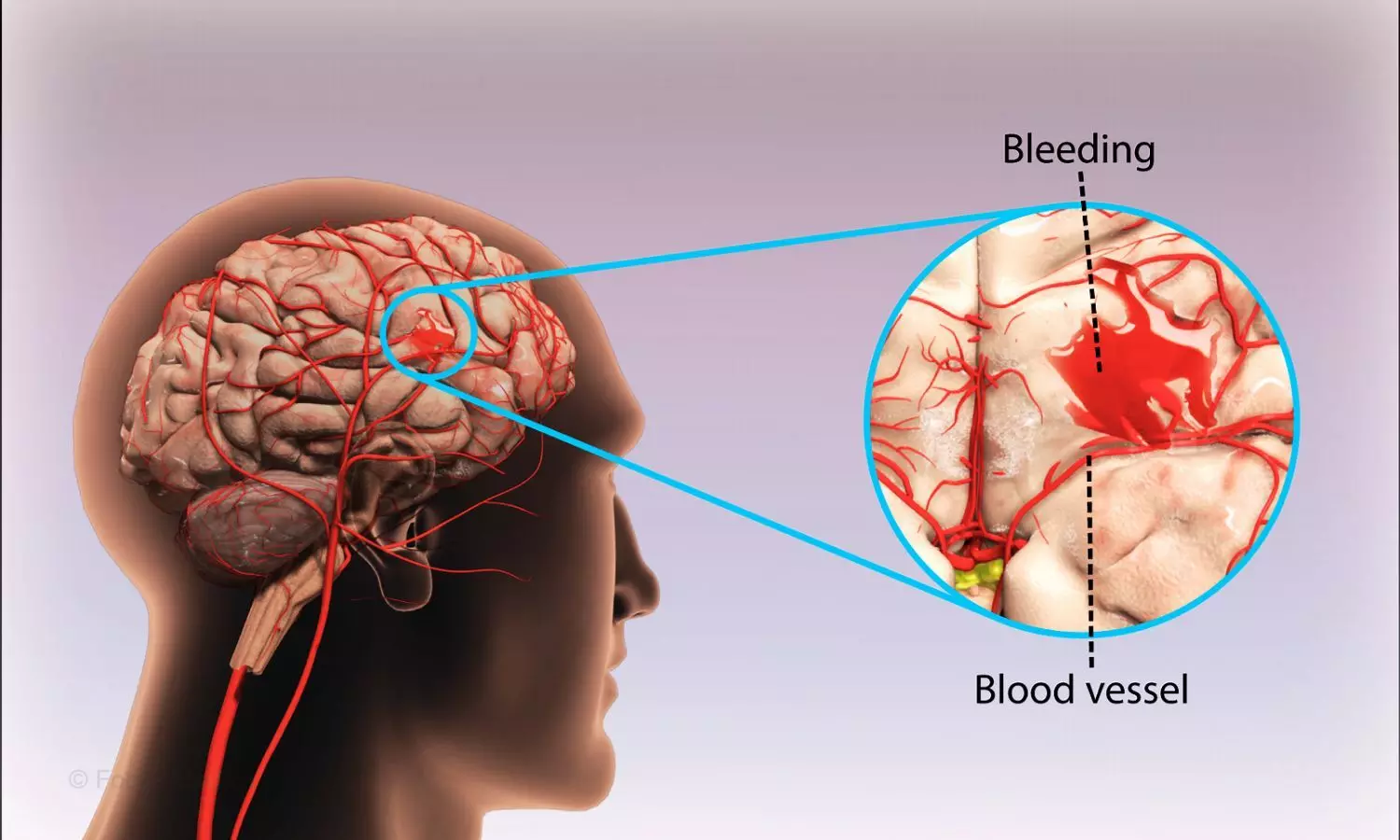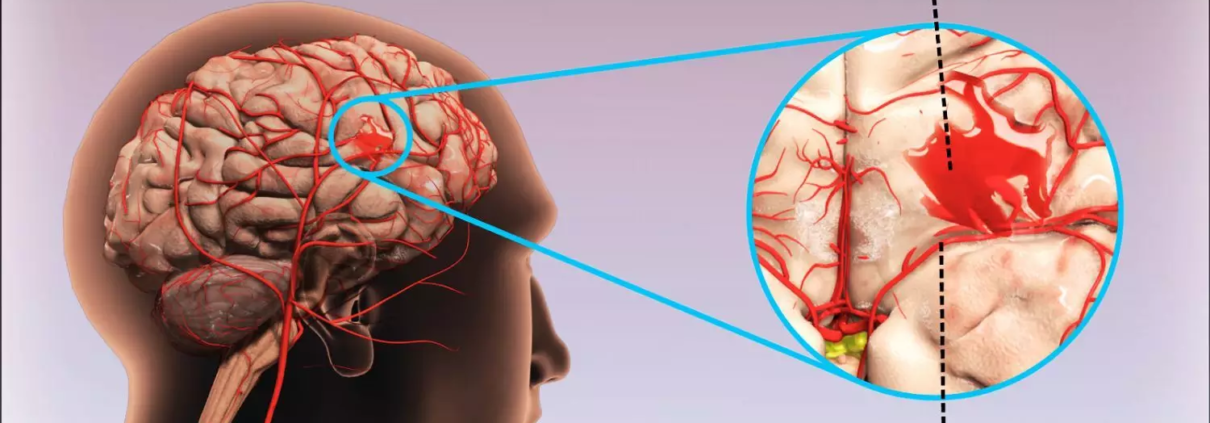MRI-Based MACRO Score Accurately Predicts Macrovascular Causes of Intracerebral Hemorrhage: Study

UK: A new study published in the journal Neurology highlights the effectiveness of the MRI-based MACRO score in predicting macrovascular causes of spontaneous intracerebral hemorrhage (ICH), potentially improving diagnostic accuracy and guiding clinical decision-making.
“The MRI Assessment of the Causes of intracerebral hemorrhage (MACRO) score, developed through a combination of MRI imaging features and clinical factors, demonstrates superior predictive accuracy compared to current CT-based scores in identifying the underlying causes of spontaneous intracerebral hemorrhage,” the researchers wrote. It provides a structured tool to help identify patients whose ICH is likely linked to underlying macrovascular conditions, such as arteriovenous malformations, aneurysms, or cerebral amyloid angiopathy.
Spontaneous intracerebral hemorrhage, a type of stroke caused by the rupture of a blood vessel in the brain, remains a challenging condition to diagnose and manage due to its varied causes. While the majority of spontaneous ICHs are attributed to cerebral small vessel diseases (SVDs), approximately 1 in 7 to 1 in 10 cases are caused by macrovascular conditions. Identifying the underlying cause is crucial for effective treatment and preventing future bleeding episodes. Traditionally, angiography or digital subtraction angiography (DSA) has been the gold standard for evaluating the vascular origins of ICH, but these methods are invasive and may not always be suitable for every patient.
While MRI offers optimal sensitivity for detecting markers of SVD), it was not incorporated into previous risk stratification scores. To address this gap, Simon Fandler-Höfler, UCL Queen Square Institute of Neurology, United Kingdom, and colleagues aimed to develop and validate a new risk stratification score for macrovascular causes of ICH, incorporating MRI findings to improve diagnostic accuracy and guide further investigations.
For this purpose, the researchers pooled data from two large observational study cohorts (London/United Kingdom and Graz/Austria) consisting of consecutive patients with intracerebral hemorrhage who had undergone brain MRI and at least one angiographic modality within 90 days of symptom onset.
The primary outcome was identifying macrovascular causes of ICH, including conditions such as arteriovenous malformation, dural arteriovenous fistula, aneurysm, cavernoma, or cerebral venous thrombosis, with diagnoses confirmed through neurovascular multidisciplinary meetings. Using lasso logistic regression, the researchers developed the MRI Assessment of the Causes of Intracerebral Hemorrhage (MACRO) score to estimate the probability of a macrovascular etiology.
The following were the key findings of the study:
- The study included 1,043 patients with intracerebral hemorrhage (ICH), with a mean age of 66 years, 42% of whom were female.
- Of these patients, 7.5% had a macrovascular cause of ICH.
- The final MACRO score incorporates age (0–39, 40–69, or ≥70), ICH location (lobar, deep, or infratentorial), and markers of small vessel disease on MRI (≥1 microbleed, ≥1 lacune, presence of cortical superficial siderosis, or white matter hyperintensities based on the Fazekas scale).
- The MACRO score demonstrated an optimism-adjusted c-statistic of 0.90, outperforming existing CT-based scores.
- In external validation, the MACRO score achieved a c-statistic of 0.87.
- MACRO scores ≥6, seen in 59.5% of patients, were associated with a very low risk of a macrovascular cause (0.2%).
- MACRO scores ≤2, observed in 9% of patients, indicated a high risk of a macrovascular cause (48.9%).
“The MRI-based MACRO score demonstrates strong effectiveness in predicting the likelihood of macrovascular causes of spontaneous intracerebral hemorrhage, offering valuable guidance for further diagnostic investigations,” the researchers wrote.
“However, the study has notable limitations, including its observational design and the fact that digital subtraction angiography was only performed in a small subset of patients,” they concluded.
Reference:
Fandler-Höfler S, Ambler G, Goeldlin MB, Obergottsberger L, Wünsch G, Kneihsl M, Zhang W, Du Y, Locatelli M, Ozkan H, Nash PS, Nistl O, Panteleienko L, Mendel R, Thiankhaw K, Simister RJ, Jäger HR, Enzinger C, Seiffge DJ, Gattringer T, Werring DJ. MRI-Based Prediction of Macrovascular Causes of Intracerebral Hemorrhage: The MACRO Score. Neurology. 2024 Nov 26;103(10):e209950. doi: 10.1212/WNL.0000000000209950. Epub 2024 Oct 31. PMID: 39481069.



